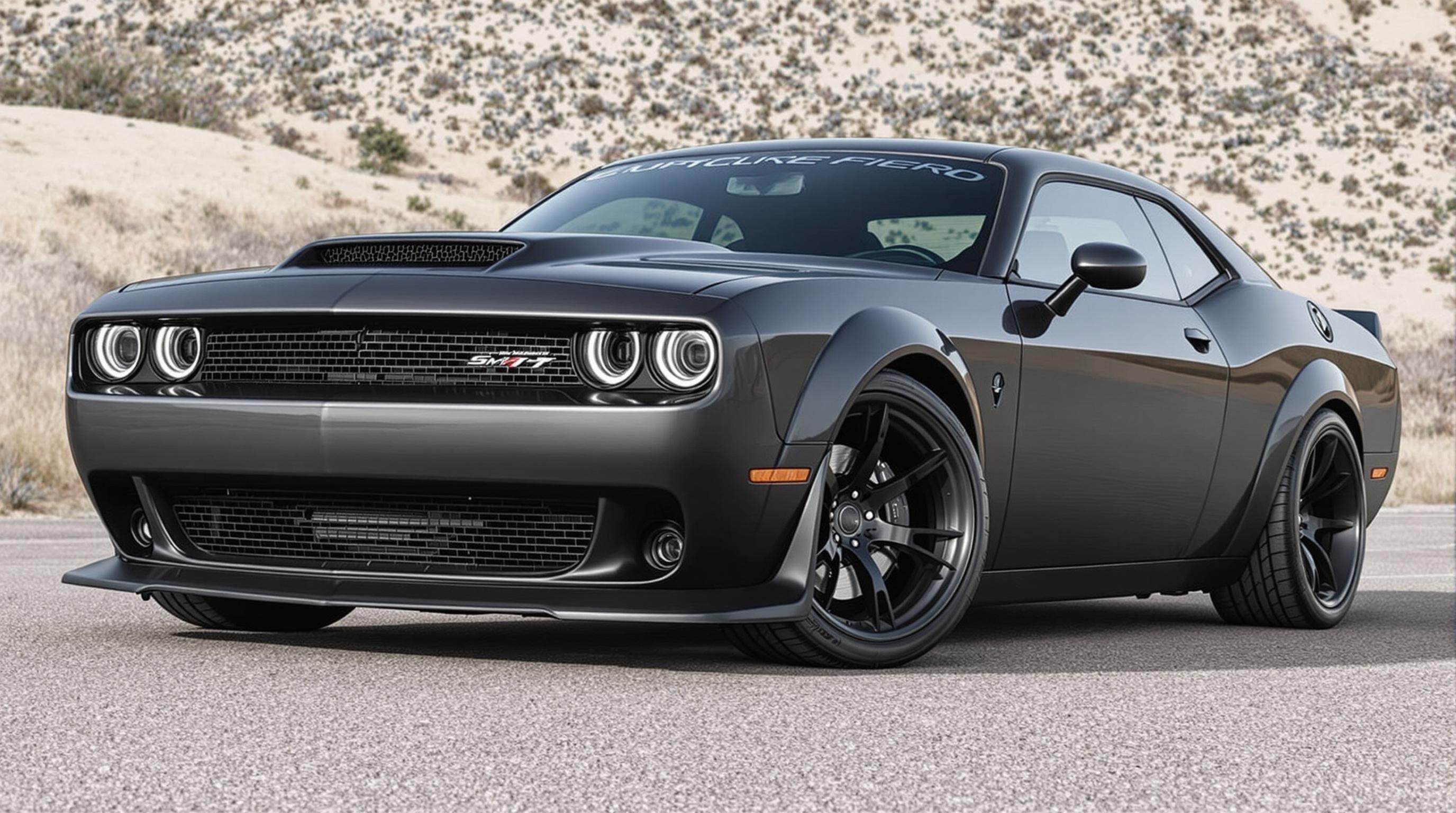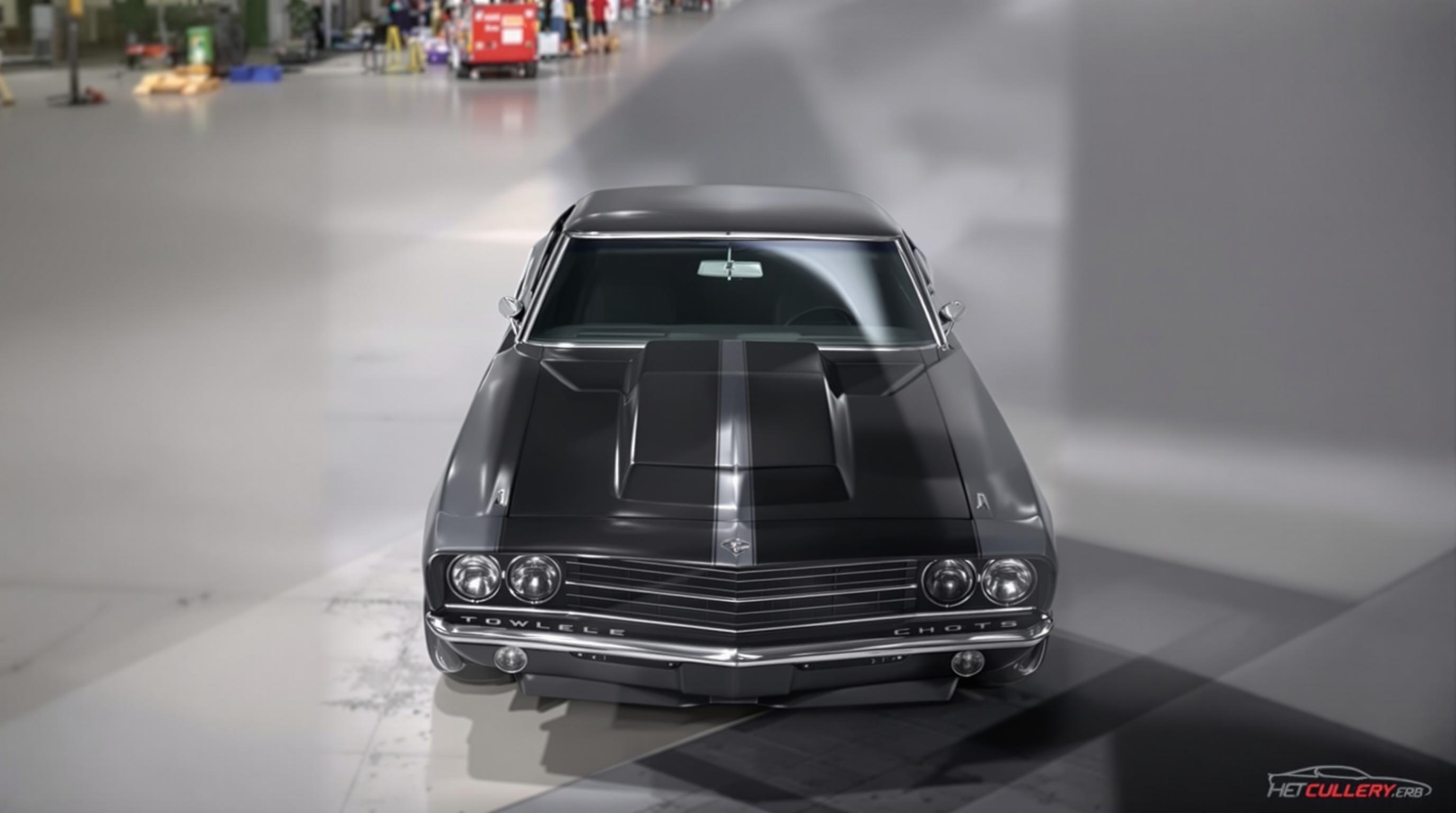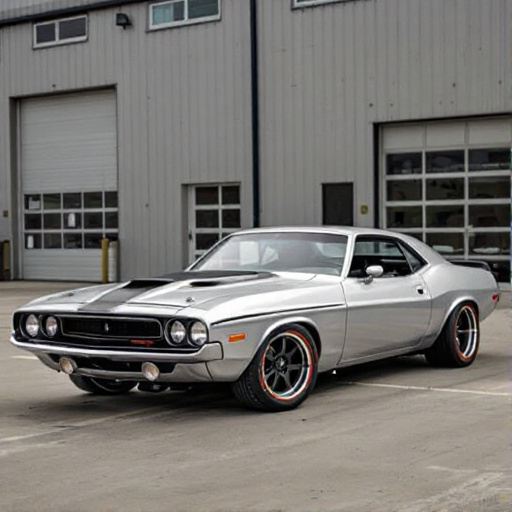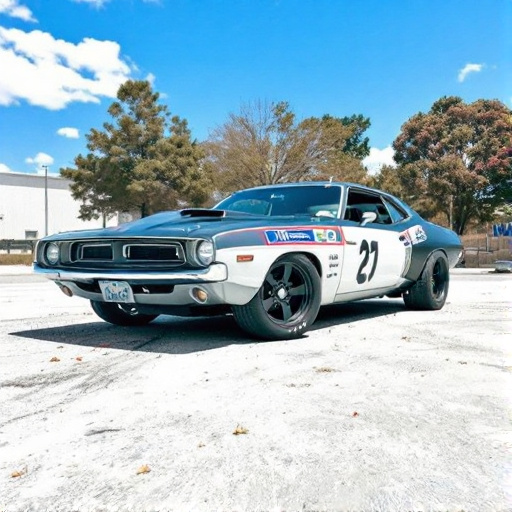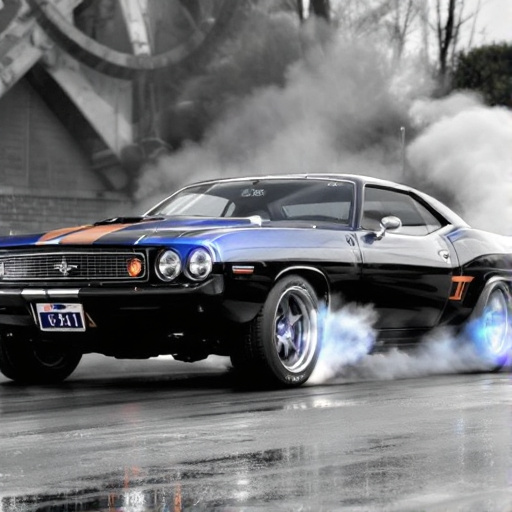Featured Articles
- Reviving the Roar: How Electric Conversions Are Changing the Fate of Classic American Muscle Cars
- Revving Up Nostalgia: How American Muscle Cars Shaped 70s Subculture and Today's Retro Trends
- Revving Up Nostalgia: The Revival of Classic Muscle Car Culture Among Gen Z Enthusiasts
- Revving Up Nostalgia: The Surprising Resurgence of Muscle Cars in Eco-Friendly Customizations
- Revving Up Nostalgia: The Surprising Rise of Vintage Muscle Car Restoration in the Electric Era
Reviving the Roar: How Electric Conversions Are Changing the Fate of Classic American Muscle Cars
Reviving the Roar: How Electric Conversions Are Changing the Fate of Classic American Muscle Cars
Classic American muscle cars, symbols of power and freedom, are experiencing a renaissance thanks to electric conversions that breathe new life into their storied engines. This transformation not only preserves the iconic designs but also adapts them for a more sustainable and electrified future.
What Drives the Change?
It's hard to ignore the growing concern surrounding climate change and fossil fuels, not to mention the shift in consumer preferences toward greener technologies. According to the International Energy Agency, electric vehicle (EV) sales grew by 54% in 2021, shooting past 6.5 million globally. This surge has propelled many car enthusiasts to rethink how classic vehicles fit into this new landscape.
The Allure of Classic Muscle Cars
Anyone who’s ever heard a roaring V8 engine knows that muscle cars are not just about transportation; they're a visceral experience—a symphony of mechanical precision and raw power. However, the romance of the open road must adapt to modern demands, and this is where electric conversions come into play.
Eco-Friendly Transformation
When converted to electric, these machines embrace a new identity while keeping their classic aesthetic intact. As an added bonus, electric vehicles often boast lower emissions and better fuel economy. A well-executed electric conversion can provide the same thrust as a traditional muscle engine while being less harmful to the environment.
Case Study: The Electric Chevelle
Take a look at a wondrous example: the Chevy Chevelle, originally equipped with a powerful V8 engine. A notable conversion by a firm called "Electric Classic Cars" replaced its gas engine with a custom electric setup that includes an impressive 450 horsepower. This conversion allows drivers to experience the Chevelle's iconic aesthetics while enjoying instant torque and reduced operational costs.
The Cost Factor: A Mixed Bag
Of course, electric conversions can be a hefty investment, often ranging from $20,000 to upwards of $50,000 depending on the vehicle and complexity of the job. Yet, this investment might pay off in the long run, particularly as gas prices continue to fluctuate. In fact, with electric charging rates being lower than gas, the potential for saving money becomes more appealing.
A Generational Shift
As a 30-something car enthusiast, I have seen firsthand how the landscape is evolving. The generation that's now in their 20s and early 30s finds themselves torn between nostalgia and modernity. Many still appreciate the classic lines of a 1969 Pontiac GTO but also want a car that aligns with their values about sustainability. It’s an age where the roar of a gas engine is alluring, but the hum of an electric motor provides a sense of modern responsibility.
Greener Pastures Ahead
Sometimes, it feels like we’re living in a sci-fi dream. You could take classic models like the Ford Mustang and combine their iconic silhouette with a zippy electric powertrain. It’s not just about fusing two technologies; it’s about creating a new category of vehicle that bridges the past and future.
The Role of Technology
Embracing electric conversions means tapping into cutting-edge technology—from battery efficiency to regenerative braking systems. Recent advancements in battery technology have made it feasible to achieve long-range capabilities; for instance, Tesla’s latest battery packs can last well over 300 miles on a single charge. This technology helps quell fears about performance and usability.
Listen to the Roar
For those purists who worry that electric alternatives won’t deliver the same auditory thrill, never fear! Companies like "Zero Labs Automotive" and "Lingenfelter Performance Engineering" are already working on sound systems that mimic the throaty growl of classic engines, ensuring that whether you’re at a car meet or cruising down the highway, the essence of muscle remains intact.
Community Engagement: The Electric Muscle Car Movement
Social media has played an essential role in igniting conversations around electric conversions. Online forums, Instagram hashtags, and TikTok challenges are breeding a vibrant community focused on blending classic aesthetics with modern technology. This grassroots enthusiasm is crucial in altering perceptions and encouraging more enthusiasts to look into electrification.
The Road Ahead
The changing tides of consumer expectations and regulatory environments make it clear: the classic muscle car’s fate is tied to innovation. Environmental policies are tightening worldwide, and many states in the U.S. are pledging to ban the sale of new internal combustion engines within the next decade. As we move forward, the challenge will be ensuring that electric muscle cars retain their core identity while embracing efficiency and sustainability.
Sounding Off: A Personal Experience
Last summer, I attended a car show featuring a variety of muscle cars—some roaring traditional engines and some smooth, electric builds. There was a palpable excitement in the air, especially around the electric models. Instead of the usual grumbling debate about which car had the best chrome or the loudest exhaust, conversations revolved around torque, battery life, and performance. I found myself in the midst of a fascinating dialogue where everybody, from the die-hard classicists to the recent electric advocates, was keen to learn from one another.
Conclusion: The Future is Bright
Reviving the roar of classic American muscle cars doesn’t mean they have to be left in the dust of history. With electric conversions paving their way into the mainstream, it’s clear that the muscle car isn’t just surviving; it’s evolving. It's an exhilarating time to be both a classic car lover and an eco-conscious driver. Together, we can ensure that future generations can appreciate the beauty, power, and heritage of these icons—just with a much more sustainable approach.
